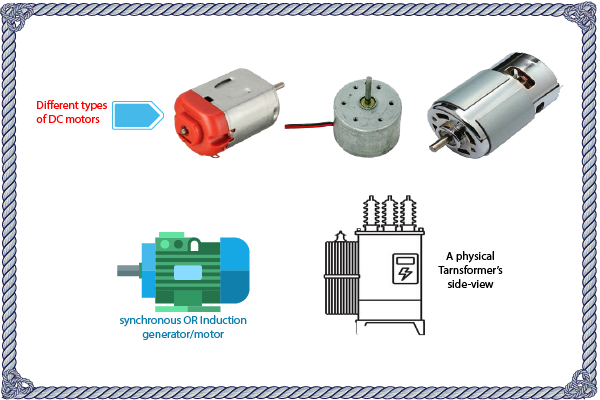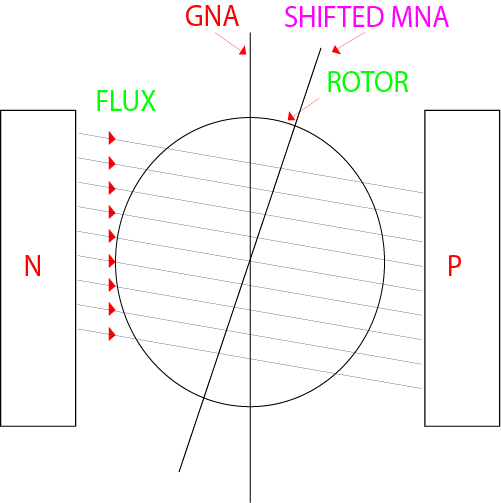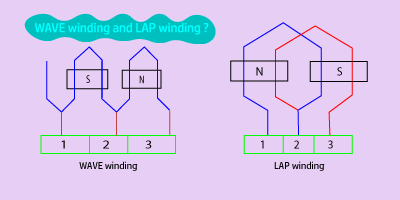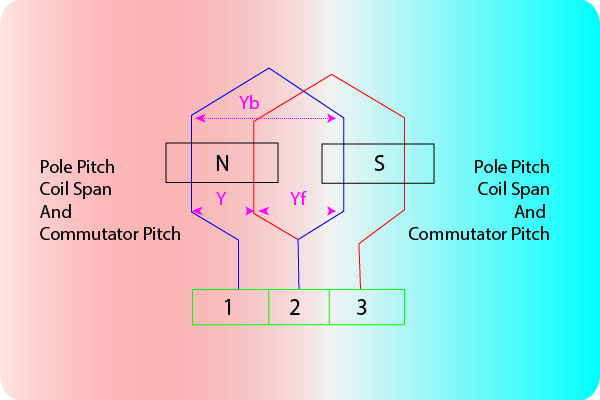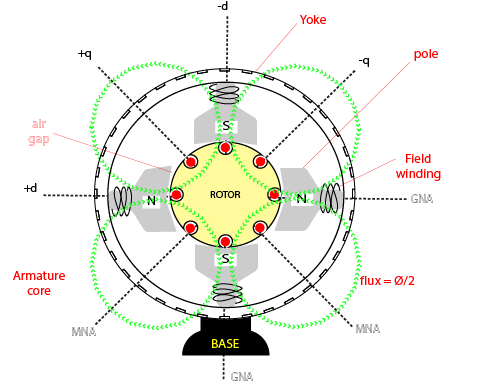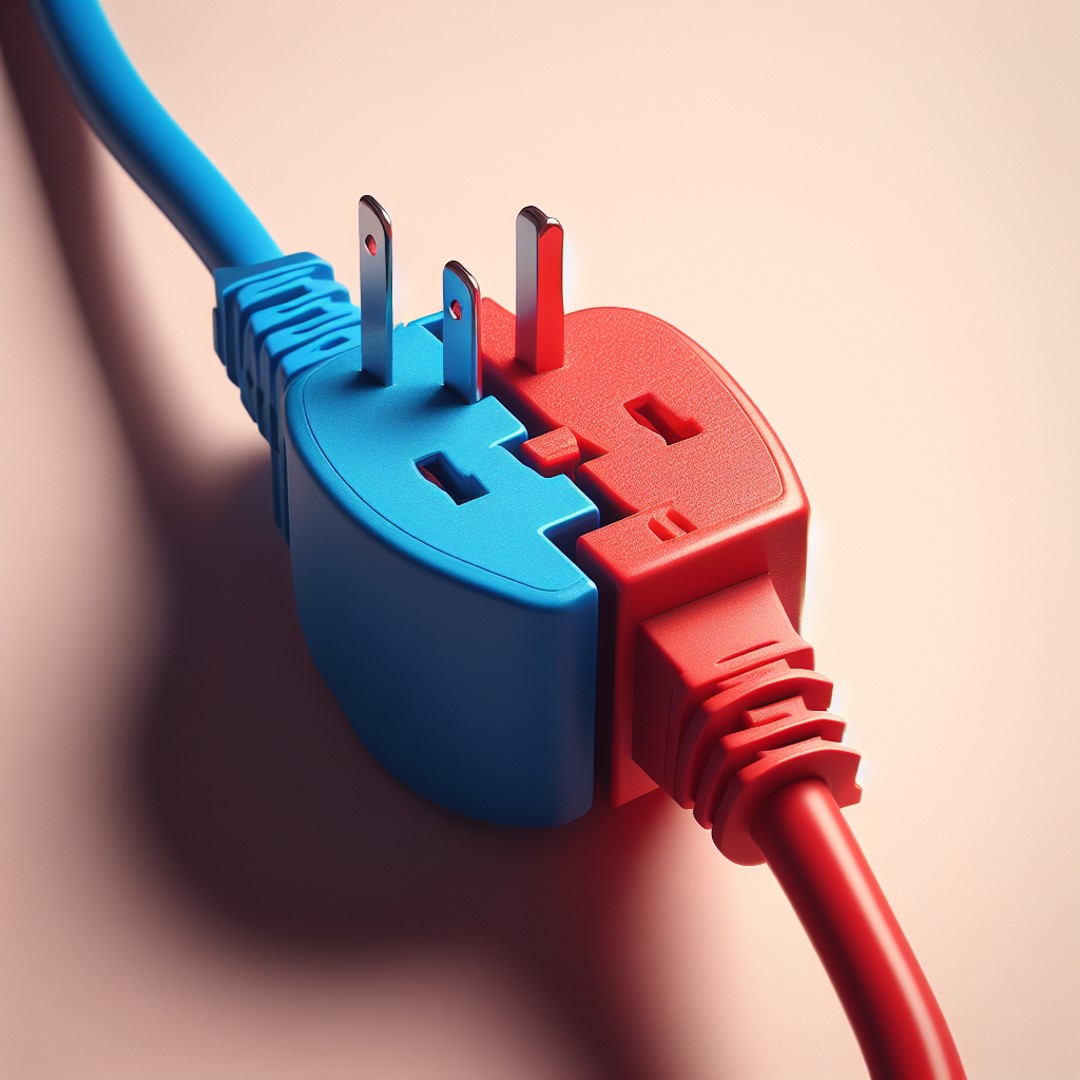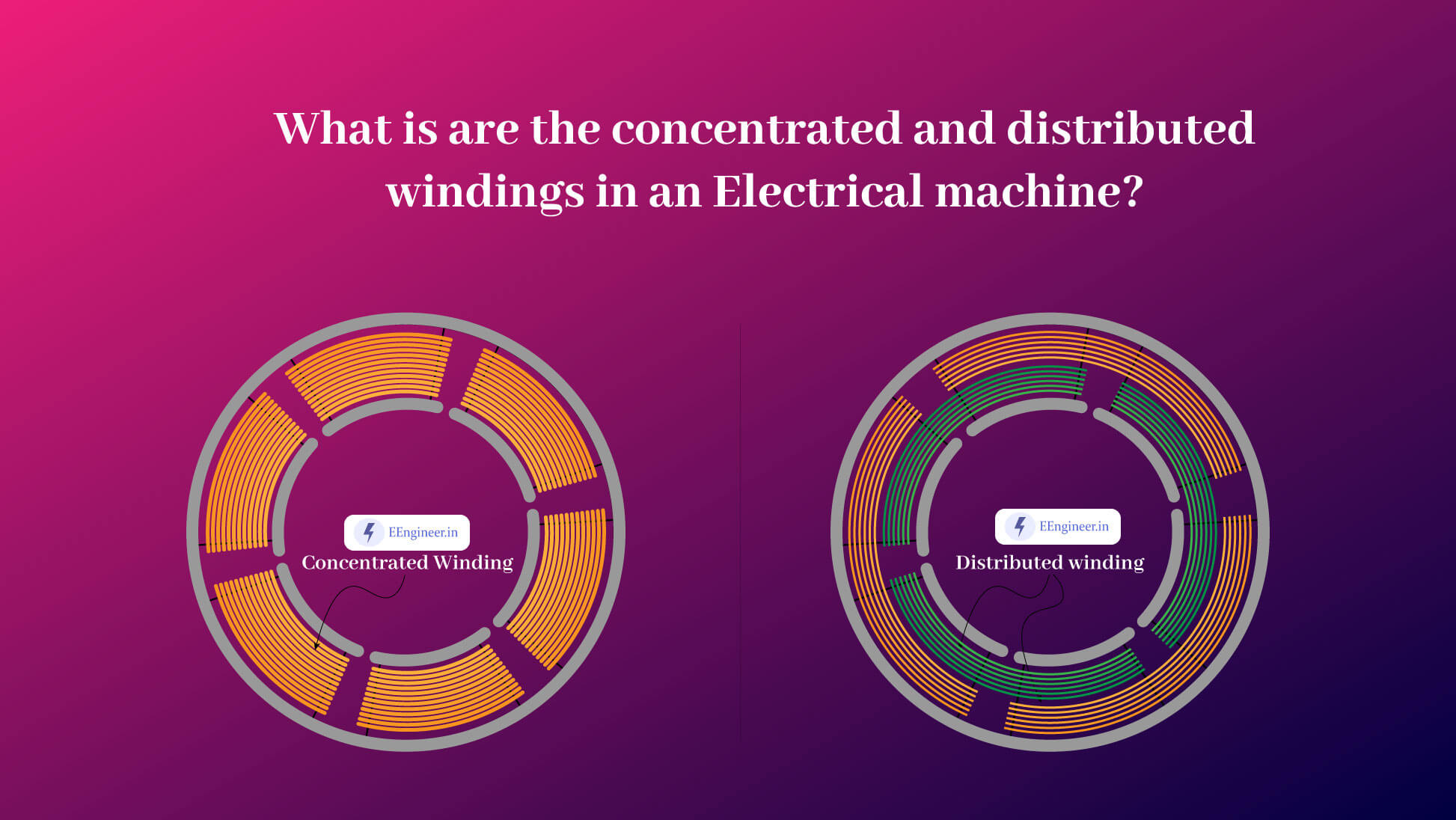Electrical Machine Types with operation QUICK EXPLANATION
Continuous Electro-mechanical energy conversion devices are known as Electrical machines. Which is a reversible process. Electrical machines are machines that are either used to transfer or the generation of Electrical power. These may be low-power or high-power devices(in mV or kV). Here I am discussing the high-power devices in this article. Types of Electrical Machines: … Read more
